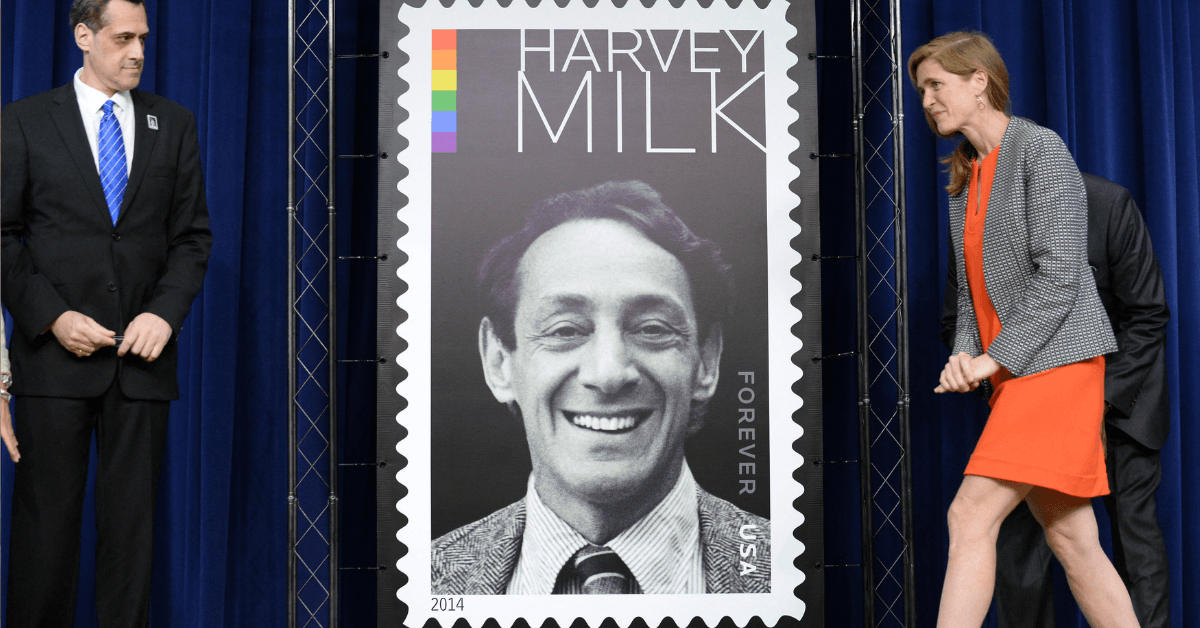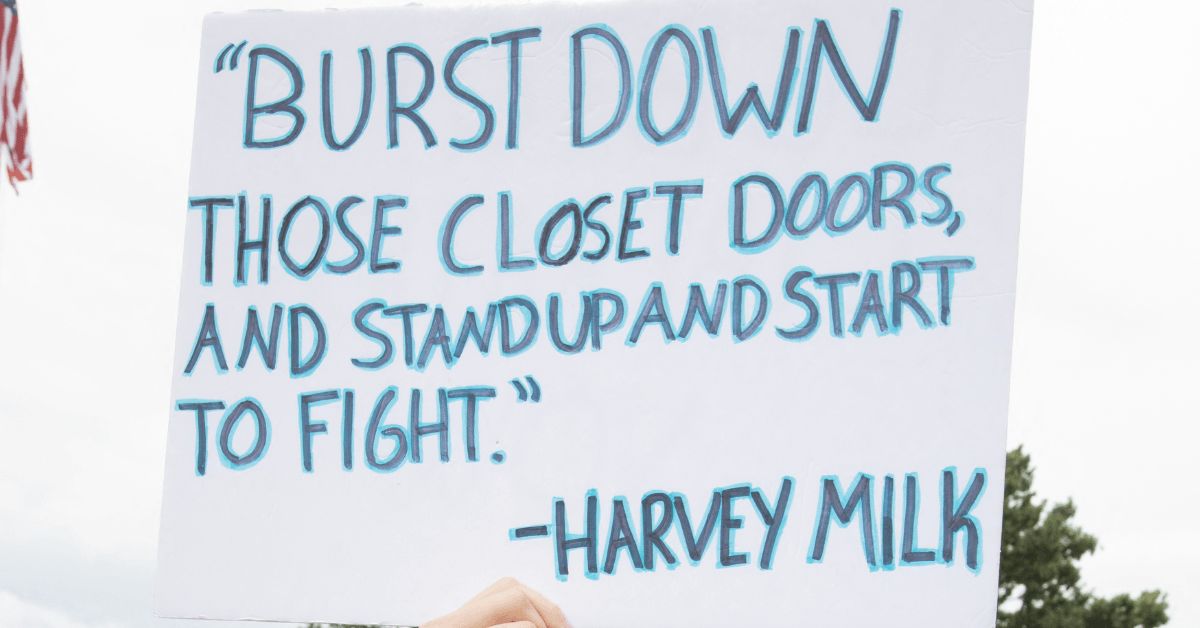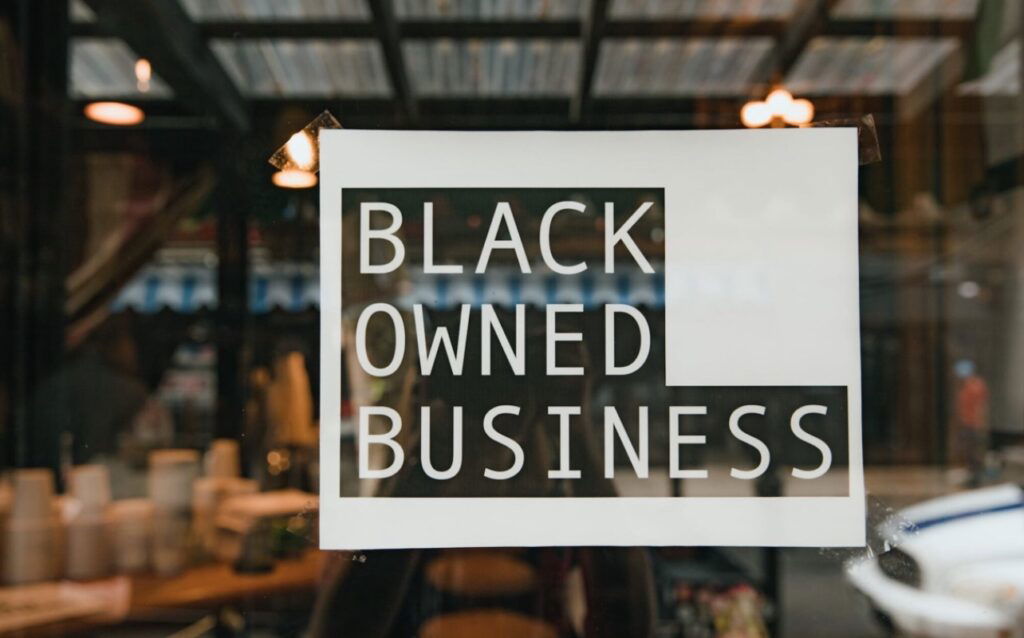Harvey Milk Day: Honoring a Trailblazer’s Legacy
Every year on May 22, the LGBTQIA+ community and allies come together to celebrate Harvey Milk Day, commemorating the birthday of one of the most influential gay rights activists in American history. Harvey Milk’s legacy as a pioneering politician and advocate continues to inspire generations to fight for equality, representation, and justice. The Origin of [...] Read More... from Harvey Milk Day: Honoring a Trailblazer’s Legacy The post Harvey Milk Day: Honoring a Trailblazer’s Legacy appeared first on LBS.


Every year on May 22, the LGBTQIA+ community and allies come together to celebrate Harvey Milk Day, commemorating the birthday of one of the most influential gay rights activists in American history. Harvey Milk’s legacy as a pioneering politician and advocate continues to inspire generations to fight for equality, representation, and justice.
The Origin of Harvey Milk Day
Established in 2009, Harvey Milk Day was signed into California law by then-Governor Arnold Schwarzenegger, recognizing Milk’s contributions to the state and the nation. The day serves as an opportunity to educate the public about Milk’s work and to encourage civic engagement in the ongoing struggle for LGBTQIA+ rights.
Harvey Milk was the first openly gay elected official in California, winning a seat on the San Francisco Board of Supervisors in 1977. His election was a groundbreaking moment, symbolizing hope and progress for the LGBTQIA+ community. Tragically, Milk’s life was cut short when he was assassinated in 1978, but his impact endures.
Harvey Milk’s Impact on the LGBTQIA+ Community
Harvey Milk wasn’t just a politician — he was a disruptor, a community hero, and an unapologetically out gay man during a time when that visibility came with serious risks. His political career was marked by bold stances, street-level activism, and a refusal to play it safe regarding civil rights. He wasn’t content to work behind the scenes or wait for acceptance. He kicked open doors and demanded it.
One of his most high-profile fights was against the Briggs Initiative, or Proposition 6, which was introduced in 1978. The initiative proposed banning gay and lesbian individuals from teaching in California’s public schools. At the time, this hateful legislation had strong support.
However, Milk used his platform to speak directly to voters, rallying communities across the state and forging unlikely alliances, including with conservative figures like then-Governor Ronald Reagan, who eventually came out against the bill.
Thanks to grassroots activism led by Milk and others, the initiative was defeated — a landmark win that changed the political tide for LGBTQIA+ advocacy.

Beyond policy, Milk understood the power of presence. He encouraged people to come out — not just as an act of personal liberation, but as a political strategy. He believed visibility could dismantle stereotypes and humanize LGBTQIA+ people in the eyes of family, friends, and neighbors. Milk even commissioned the original Gilbert Baker Pride Flag. That radical notion of “coming out” as resistance is still one of the most powerful tools of the movement today.
Milk also recognized the importance of coalition-building. He stood in solidarity with union workers, immigrants, and people of color — understanding that liberation isn’t linear, and progress for one group means fighting for all. He marched alongside the Teamsters, supported rent control, and worked closely with leaders in San Francisco’s Black and Latino communities, proving that queer liberation must be intersectional to be real.
Even after his assassination in 1978, Milk’s words lived on. His call to action, “You’ve got to give them hope,” became more than a quote — it became a mantra. That hope he spoke of was about more than rights. It was about survival, about thriving, and about daring to believe that being queer, trans, or different didn’t have to be something hidden or punished — it could be something proud, powerful, and political.
Today, we see the ripple effects of his work in every queer person running for office, in every student pushing for inclusive curriculums, in every activist refusing to be silent about injustice. From drag queens leading protests to nonbinary teens organizing walkouts, Milk’s spirit is still in the streets.
That’s what makes Harvey Milk Day more than just a commemoration — it’s a call-in. A moment to remember how one man’s courage shifted a culture, and a reminder that the work he started is still unfinished.
How to Celebrate Harvey Milk Day

Honoring Harvey Milk’s legacy involves both reflection and action. Here are meaningful ways to commemorate the day:
-
Educate Yourself and Others: Read about Milk’s life and the broader history of LGBTQIA+ rights. Books like “The Mayor of Castro Street” by Randy Shilts offer in-depth insights.
-
Support LGBTQIA+ Organizations: Donate to or volunteer with groups that continue Milk’s work, such as the Harvey Milk Foundation or local LGBTQIA+ centers.
-
Share His Story: Use social media platforms to highlight #harveymilk achievements and the ongoing fight for equality. Personal stories and historical facts can inspire others to learn and act.
How are you honoring Harvey Milk Day this year? Drop a comment and let us know how you’re keeping the legacy alive.
The post Harvey Milk Day: Honoring a Trailblazer’s Legacy appeared first on LBS.












